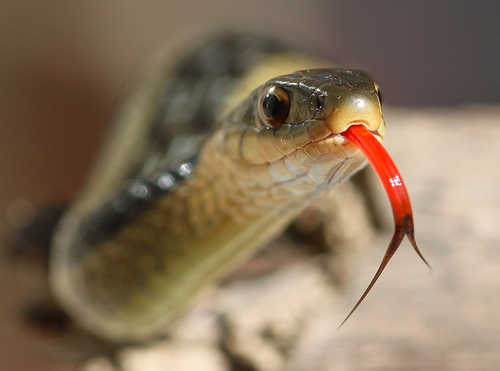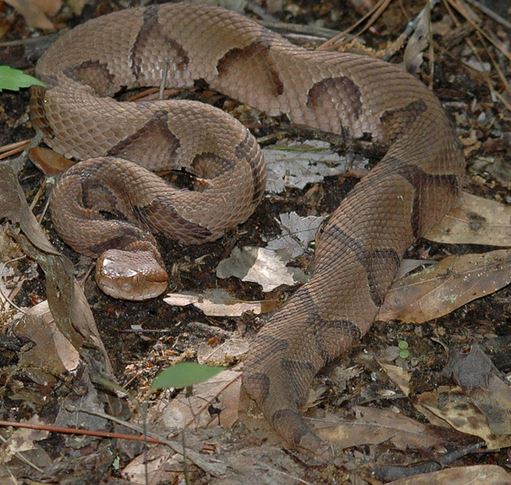10 Facts About How A Snake Can Smell

The World of Snake Smell-Tasting
When you ask people what creeps them out about snakes, it's often something like, "They're slimy" (which they aren't) or "When the stick their tongue out at me it's scary." This got me to thinking about an idea for this blog post, because most people don't really understand why a snake sticks it tongue out at you and what it's really doing. There's a lot more going on than snake razzberries or just "smelling", especially when the tongue goes back in the snake's mouth. So, here are 10 facts about how a snake can smell:


